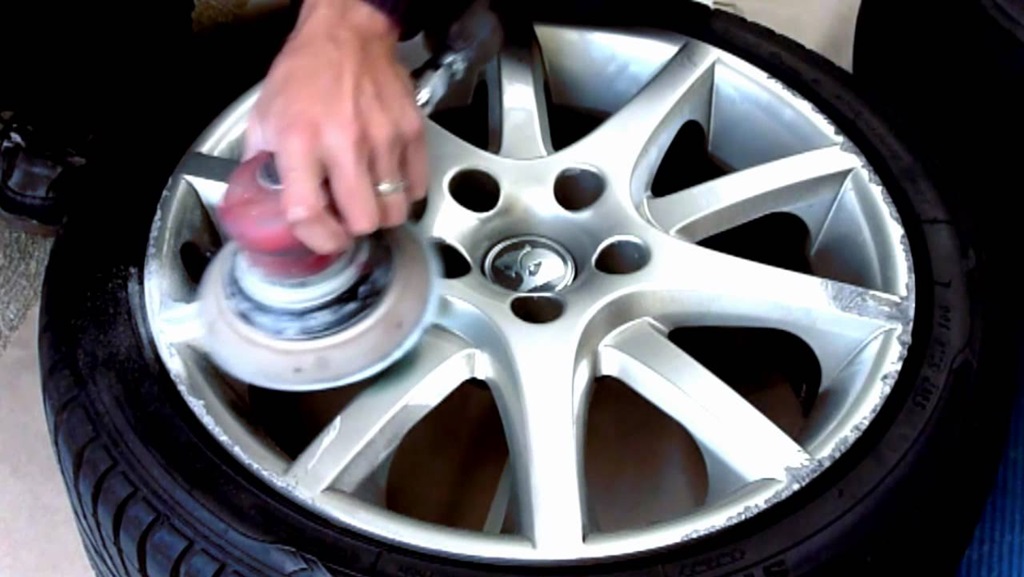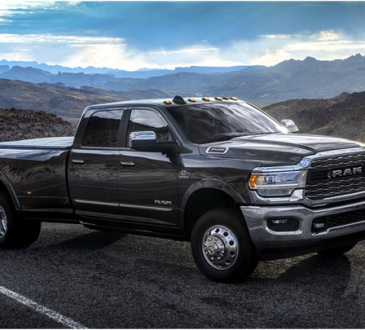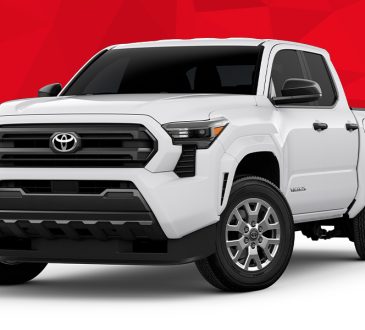
Alloy wheels can make a car look fantastic. They can change the entire appearance of the vehicle and give it a custom look. However, over time, alloy wheels can become scratched and damaged. If this happens, you may think to buy new alloy wheels. This is not true! We will provide a step-by-step guide on alloy wheel restoration. Follow these steps, and your alloy wheels will look like new again!
Clean the wheels
The first step is to clean the alloy wheels. You need to remove the dirt, grime, and brake dust accumulated on the wheels. The best way is to use a pressure washer. If a pressure washer is not available, you can use a hose and some elbow grease.
Sanding
Next, you will need to sand the alloy wheels. You will want to use fine-grit sandpaper for this step. Sanding the alloy wheels will help remove any remaining dirt or debris, and it will also help to smooth out any scratches that may be present.
Apply primer
This will help the paint stick better and provide a base coat of colour. After the application of primer, you can paint the wheels. It is best to use spray paint for this task. Apply several light coats of paint, allowing each coat to dry before applying the next.
Paint coating
Use high-quality paint that is particularly designed for automobiles. Apply several thin coats of paint, allowing each coat to dry completely before applying the next. This will prevent paint chipping and provide a glossy finish.
Types of Alloy Wheels
OEM Alloy Wheels
They are the ones that come installed on your car when you purchase it from the dealership. However, many people opt to stick with OEMs because they’re designed specifically for their make and model of car. Plus, they usually come with a warranty from the manufacturer.
The main downside of OEM alloy wheels is that they can be expensive to replace if you damage them. And because they’re designed for your car, it can be not easy to find aftermarket parts that fit them properly.
Aftermarket Alloy Wheels
They’re made by third-party manufacturers to fit a variety of makes and models. Many people choose aftermarket alloy wheels because they’re often cheaper than OEMs and offer more customization options.
However, like OEM alloy wheels, aftermarket alloys can be difficult to repair or replace if you damage them. And because they’re not designed specifically for your car, it’s essential to make sure that they fit properly before installing them.
Refurbished Alloy Wheels
They are the ones that have been damaged and then repaired by a professional. This option is often cheaper than buying new alloy wheels and can be just as good as a brand-new set if done correctly.
However, it’s important to note that refurbished alloy wheels may not be covered under a warranty like new ones. So if you damage them, you may have to pay for the repairs out of pocket.
Replica Alloy Wheels
They are designed to look like another type of alloy wheel. For example, you might find replica alloy wheels that look like OEMs or aftermarket alloys.
The main downside of replica alloy wheels is that they’re not always made with the same high-quality materials as the originals. This can make them more susceptible to damage and wear and tear over time.
Custom Alloy Wheels
They are created specifically for your car. They can be made to match the paint job or interior of your vehicle, or they can be made to stand out from the crowd with a unique design.
However, custom alloy wheels can be expensive, and they may not be covered under a warranty like OEM or aftermarket alloys would be. Plus, because they’re made specifically for your car, it can be not easy to find parts that fit them properly.
Alloy wheel restoration can be a daunting task, but with the right guide, it can be done successfully. We hope that this comprehensive guide has provided you with all the information you need to restore your alloy wheels to their former glory.




